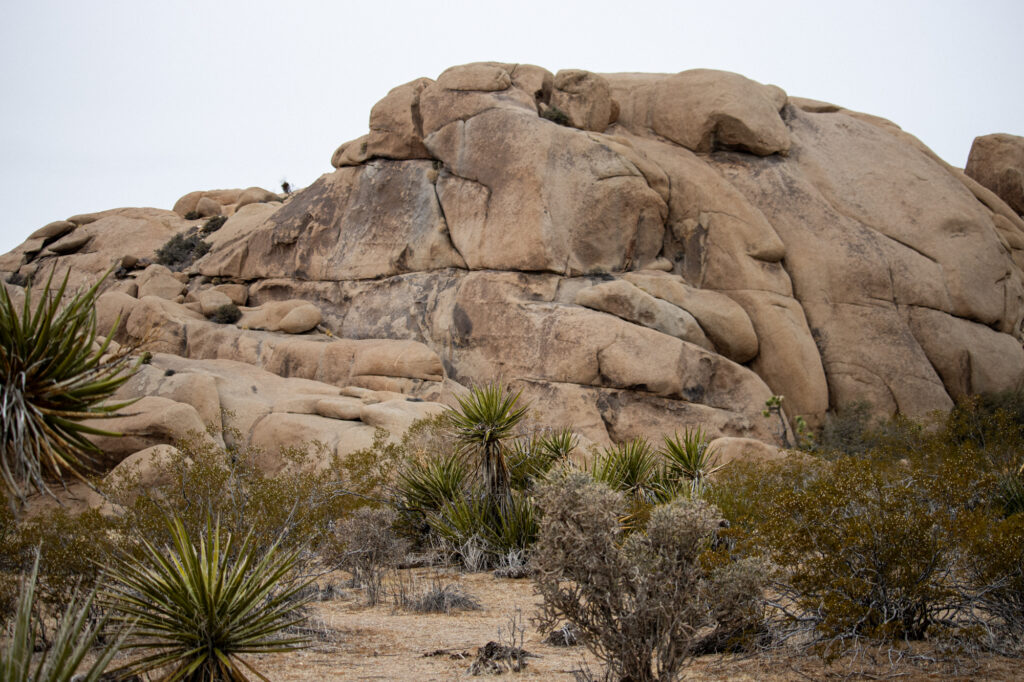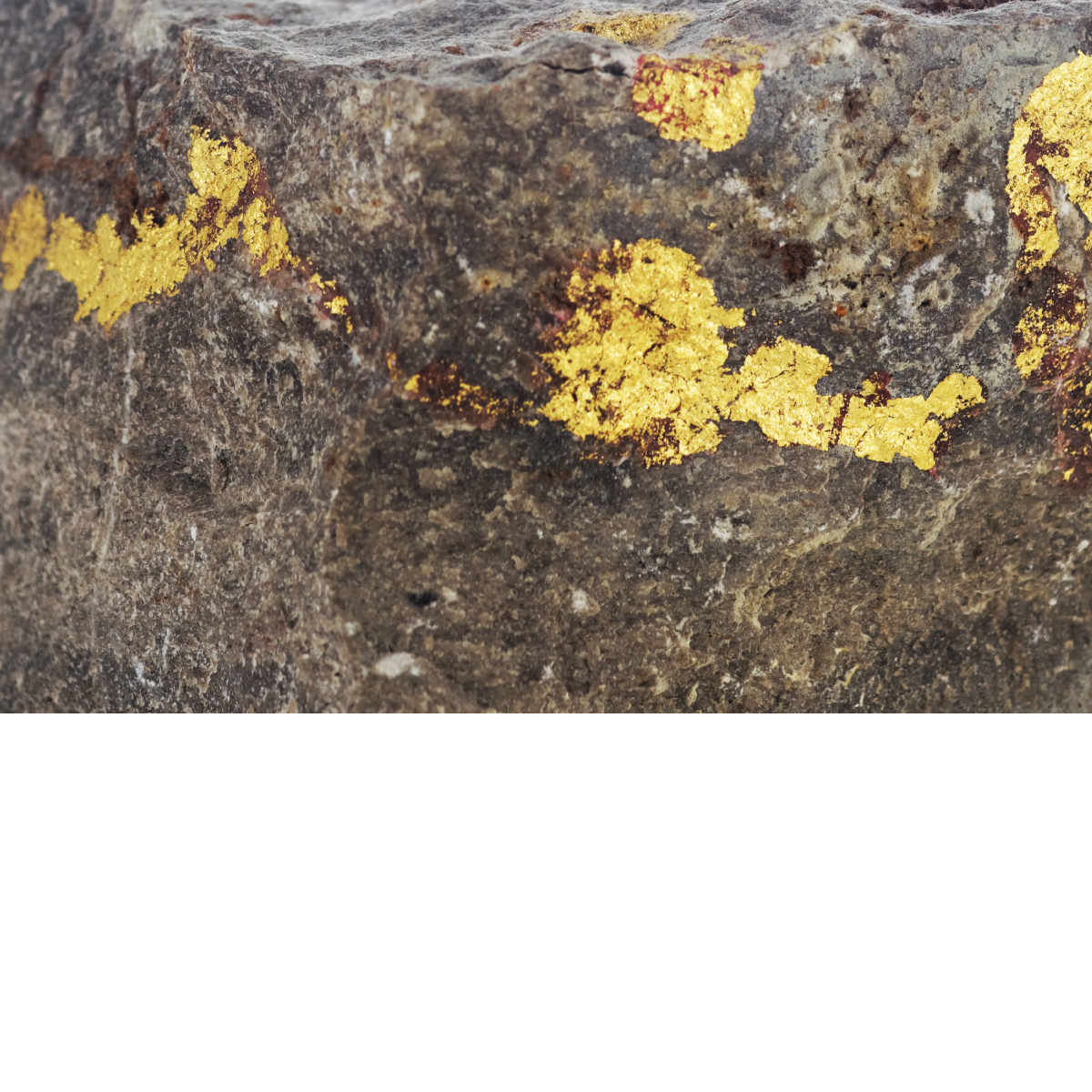Rocks play an important role in how the Earth evolves and changes over time. Over the course of thousands of years, wind and water break down rocks in a process called weathering. Those rocks bring nutrients to ecosystems, neutralize acid in soils, and consume atmospheric carbon dioxide in the process — naturally, this makes for an interesting carbon removal opportunity.
But we don’t have thousands of years to wait. By accelerating rock weathering, we could turn this thousand-year process into a matter of decades. So what’s stopping us? There are still uncertainties about how enhanced rock weathering (ERW) will be implemented and whether it plays nicely with other agricultural practices. We’ll need more investments in monitoring, reporting, and verification (MRV) to understand how much carbon can be permanently sequestered using ERW and more research to understand and mitigate the potential environmental impacts.
How ERW works
ERW starts with carbonate or silicate rocks, which are pulverized into tiny particles. The crushed rock is distributed on land, most commonly onto crop fields, either by spreading the rock dust loose over soil surfaces, tilling it in, or co-applying it with fertilizers.

Carbon dioxide reacts with the crushed rock to produce bicarbonate. This process not only removes carbon from the atmosphere, it de-acidifies the soils, which releases beneficial nutrients and protects against heavy metals. Meanwhile, the bicarbonate ions wash out of the soils and make the long journey to the ocean by way of runoff, streams, and rivers. Eventually, this dissolved carbon settles as ocean sediments for long-term storage.
Benefits and opportunities
ERW isn’t just a promising carbon removal solution, it also helps create healthier soils. ERW decreases soil acidity, potentially improves plant health and yield, reduces toxicity of heavy metals, and boosts nutrient availability. In fact, many US farmers already add small amounts of rock dust to soils for those benefits alone. By promoting ERW, we can empower farmers and ranchers as leaders of land-based CDR while providing new options for improving soil and crop health.
ERW can also be used to restore degraded freshwater ecosystems. In the US, many bodies of water have been seriously affected by past pollution and industrial agriculture, threatening key fish populations like salmon and trout. Enhanced rock weathering can help reverse that, restoring stream chemistry to historic levels and revitalizing these ecosystems.
Finally, ERW can be implemented without changing the way we use our land, aligning with existing cropland and regenerative agricultural strategies. With that in mind, though, we still need to build up our technical expertise and best practices for when to use ERW and when not to.

Considerations and challenges
The rate at which ERW can remove CO₂ from the atmosphere depends on soil conditions, and those can vary widely even over small areas of land. Co-benefits are a similar story. We’ll need fundamental research and practitioner experience to develop ERW practices that successfully maximize both.
ERW requires a source of low-contaminant minerals, which can further complicate an otherwise promising picture. Pulverized rock often contains heavy metals, which can accumulate in the soil and lead to negative health outcomes. Because these rocks vary substantially in their trace metal content, testing and monitoring will be critical to minimize environmental risks and maximize effectiveness.
Lastly, while the technologies for mineral processing have existed for a while, there’s still a lack of tools and methodologies where tracing and MRV are concerned. To reliably track ERW’s carbon removal and environmental impacts, MRV tools need to include in-field sensing, improve monitoring of waterways, and operate on more sophisticated models.
Enhanced rock weathering is an exciting new opportunity, empowering producers to extend the carbon removal potential of agricultural lands, but before large scale deployment, we need more research to understand the environmental impacts and carbon removal potential of this tool.
Charlotte LevyManaging Science and Innovation Advisor
ERW policy outlook
Projects to scale enhanced rock weathering have now been funded through the US Department of Agriculture, Partnerships for Climate Smart Commodities program, and the Department of Energy’s (DOE) Carbon Negative Shot. These projects include much needed research evaluating the agronomic co-benefits and on-farm economic impacts of ERW, as well as its effects on atmospheric CO₂ concentration, ecosystems, and ocean acidity. Alongside this research, DOE has listed enhanced rock weathering as a carbon removal technology under its pilot procurement plan. While there aren’t currently any purchases planned or in place at the federal level, the fact that it’s included creates a promising government framework for possible future investments.
ERW currently makes up less than half a percent of purchased carbon removal on the voluntary market, but just over 2% of delivered carbon removal. As this field continues to prove itself through pilots and demonstrations, new purchase agreements can provide a strong pathway to scale up the technology.

